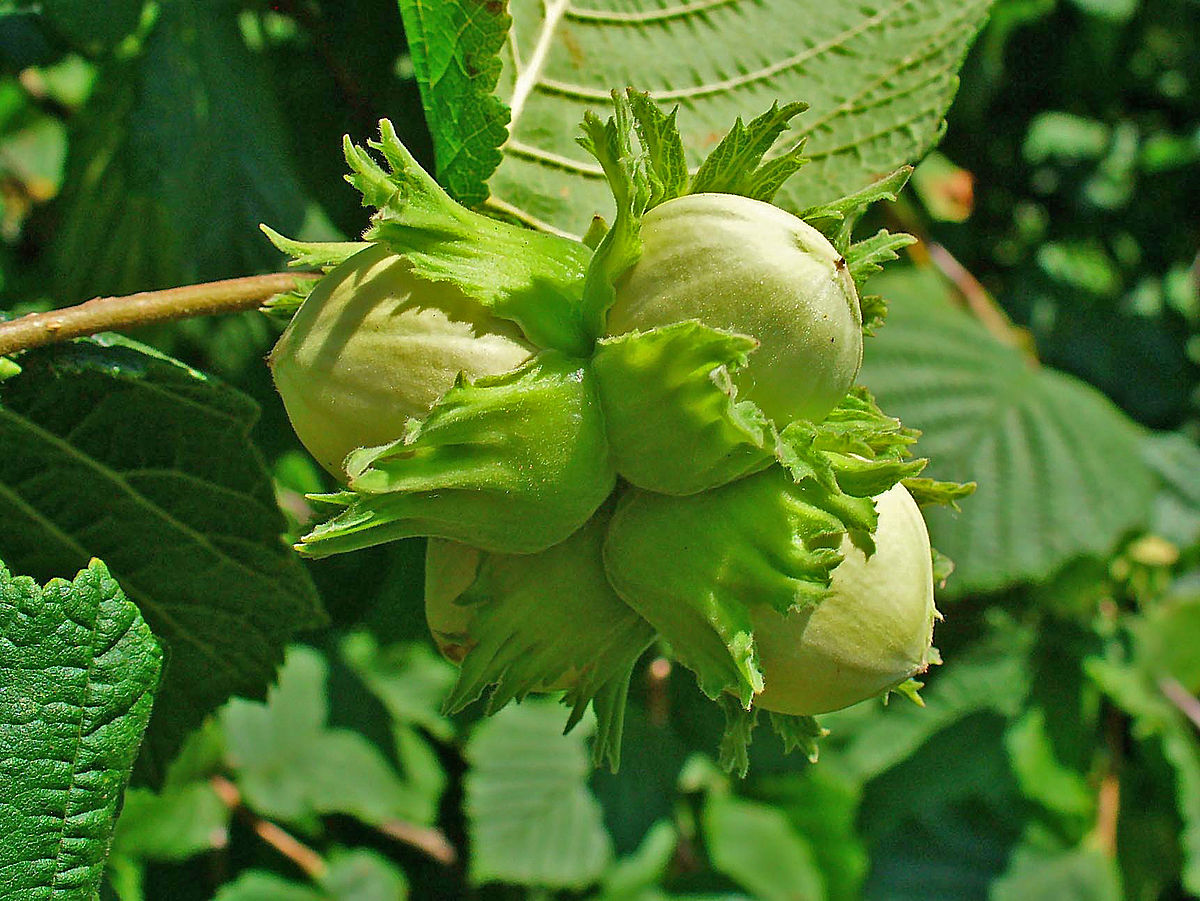This time of year farmers get all the glory. Images of plump tomatoes, juicy peaches, and crisp cucumbers ready for pickling fill the media. Once those crops are done, pumpkins take over the spotlight, surrounded by a rainbow of brightly coloured leaves that shine before winter takes the stage. People scramble to freeze, can or dry enough produce to tide them over til spring.
There is another harvest that doesn’t get near the attention it deserves though. When these crops are ready to be gathered, all you have to do is let them fall to the ground and pick them up. A quick stomp and Bob’s your uncle! Have you guessed the crop yet? Am I talking nuts? Why, yes I am!
Ontario’s Edible Nuts
You may not realize it, but Ontario produces plenty of edible nuts. In fact, in 1972 the Society of Ontario Nut Growers (SONG) was established by Ernie Grimo, after he was assigned to report on the state of nut growing in Ontario by the Northern Nut Growers Association (NNGA). When NNGA was established in 1910, it encompassed nut growers across the US and Canada. With the advent of SONG, Ontario nut growers had their own voice. As Ontario has our own unique climate and growing conditions, most everyone approached was in agreement. SONG was established and has grown in leaps and bounds since then.
Aside from growing its membership, SONG has also grown the nut industry. They started by distributing heartnuts to interested parties and asking for feedback on the success of the trees. Since then they have established 3 nut nurseries, a number of nut groves on public lands, plus they have accomplished plenty of experimentation to see what selections and cultivars work best in Ontario. While heartnuts, sweet chestnuts and hazelnuts have a bright future for commercial development, there are other species that can grow here too. Have you considered any of these trees for your backyard?
| Heartnut Hazelnut Sweet Chestnut Black Walnut Persian Walnut Butternut & Buartnut |
Ginkgo Northern Pecan Hican Shagbark Hickory Shellbark Hickory Nut Pines Almond |
If you do have one of these trees or are thinking about a grove on your own, you need to be aware of a few things. As with any tree, first check on the suitability of your site, ie. soil, light, moisture, early frost protection. Once you assess the viability of growing a nut tree, then you need to decide what to get and whether to choose a seedling or grafted tree. Now read up on pruning, mulching, weed, pest and insect control.
On to the good stuff – harvesting!
By mid-September to early October most nuts are ready to harvest. As mentioned earlier, an easy way to harvest nuts is to collect them after they fall to the ground. You can also hasten the process along by knocking nuts out of the tree when they are ready to harvest. Once you have gathered your nuts, remove the inedible outer hull or husk. Do this as soon as possible, as your nuts will be susceptible to mold or insect damage if they stay on. You then need to dry your nuts. Once they are dry, get cracking! Nuts can be stored shelled or in shell. Refrigeration or freezing can extend their shelf life by up to 1-2 years. That equals plenty of yummy snacks for your family for a long time to come!
For more information, here is a helpful video from someone just down the road in Hamilton, sharing some handy tips on harvesting black walnuts. SONG is obviously a great place for information, but if you look you also might find a nut farmer at a local farmers market this fall. Bend their ear about how to grow nuts too. With all that new knowledge, why not give it a try yourself sometime. Happy nut harvesting!





